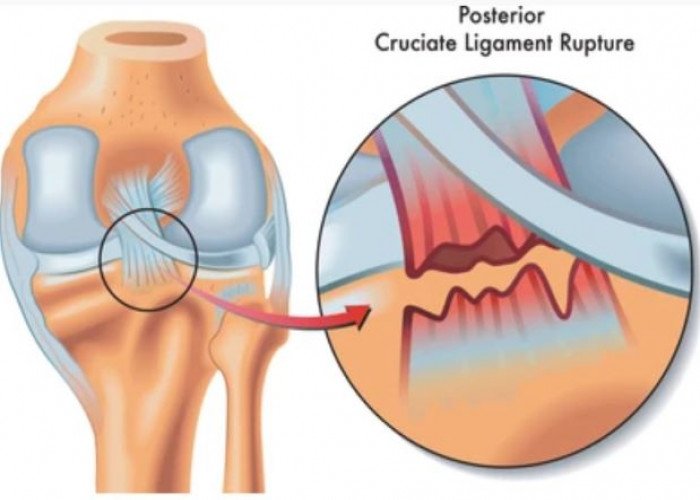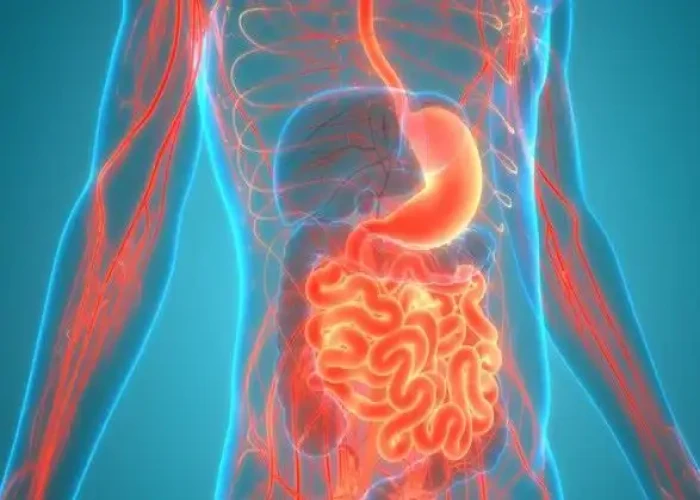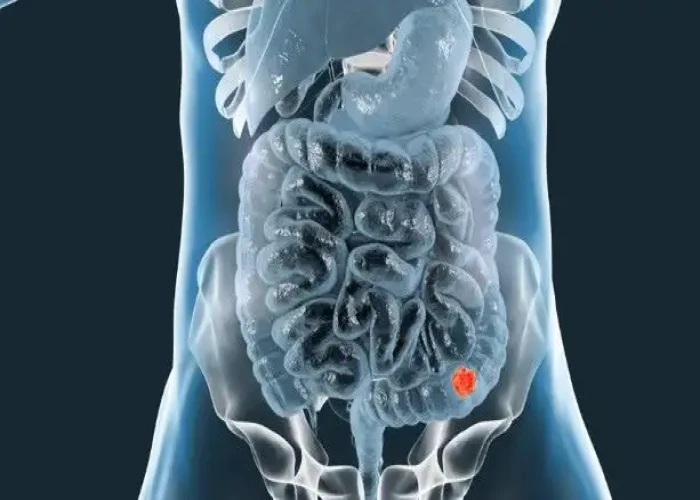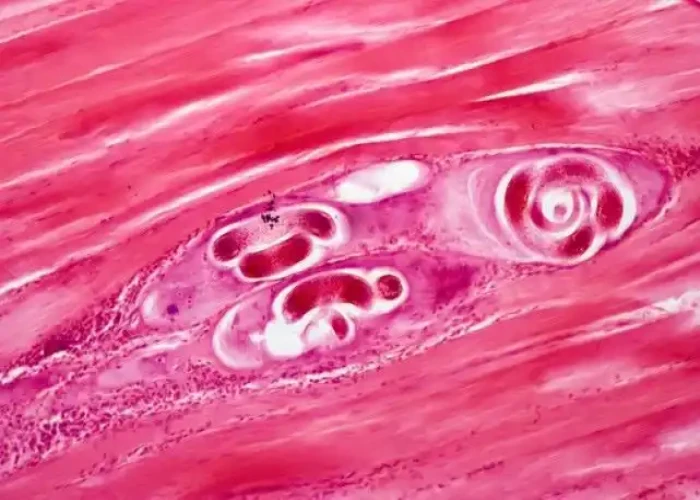 Welcome
Welcome
“May all be happy, may all be healed, may all be at peace and may no one ever suffer."
- A
- B
- C
- D
- E
- F
- G
- H
- I
- J
- K
- L
- M
- N
- O
- P
- Q
- R
- S
- T
- U
- V
- W
- X
- Y
- Z
Small intestine - Diseases
The small intestine is a long, narrow tube that is part of the digestive system, and it is the primary site for nutrient absorption in the body. It is located between the stomach and the large intestine and is approximately 20 feet long in adults.
The small intestine is divided into three parts: the duodenum, the jejunum, and the ileum. The duodenum is the shortest section and receives partially digested food from the stomach, as well as digestive juices from the pancreas and liver. The jejunum and ileum are the longest sections and are responsible for absorbing nutrients from food into the bloodstream.
The small intestine has a highly folded inner surface called the mucosa, which increases its surface area and allows for greater nutrient absorption. The mucosa is lined with finger-like projections called villi, which are covered in even smaller projections called microvilli. These structures increase the surface area of the small intestine by several hundred times and help to absorb nutrients more efficiently.
The small intestine also produces enzymes and other substances that help to break down carbohydrates, proteins, and fats. These enzymes are produced by the small intestine itself, as well as by the pancreas and liver, and they work together to digest food and absorb nutrients.
Several conditions can affect the small intestine, including celiac disease, Crohn's disease, and small intestine bacterial overgrowth (SIBO). These conditions can cause symptoms such as abdominal pain, diarrhea, and malabsorption of nutrients. Treatment for these conditions may involve dietary changes, medication, or surgery.

Semicircular canals Inner ear

Seminal vesicles

Neck

Shoulder

Finger

Ligaments

Gum

Sigmoid colon intestine
Small intestine, Jejunum, Small intestine function, ছোট অন্ত্র
To be happy, beautiful, healthy, wealthy, hale and long-lived stay with DM3S.








